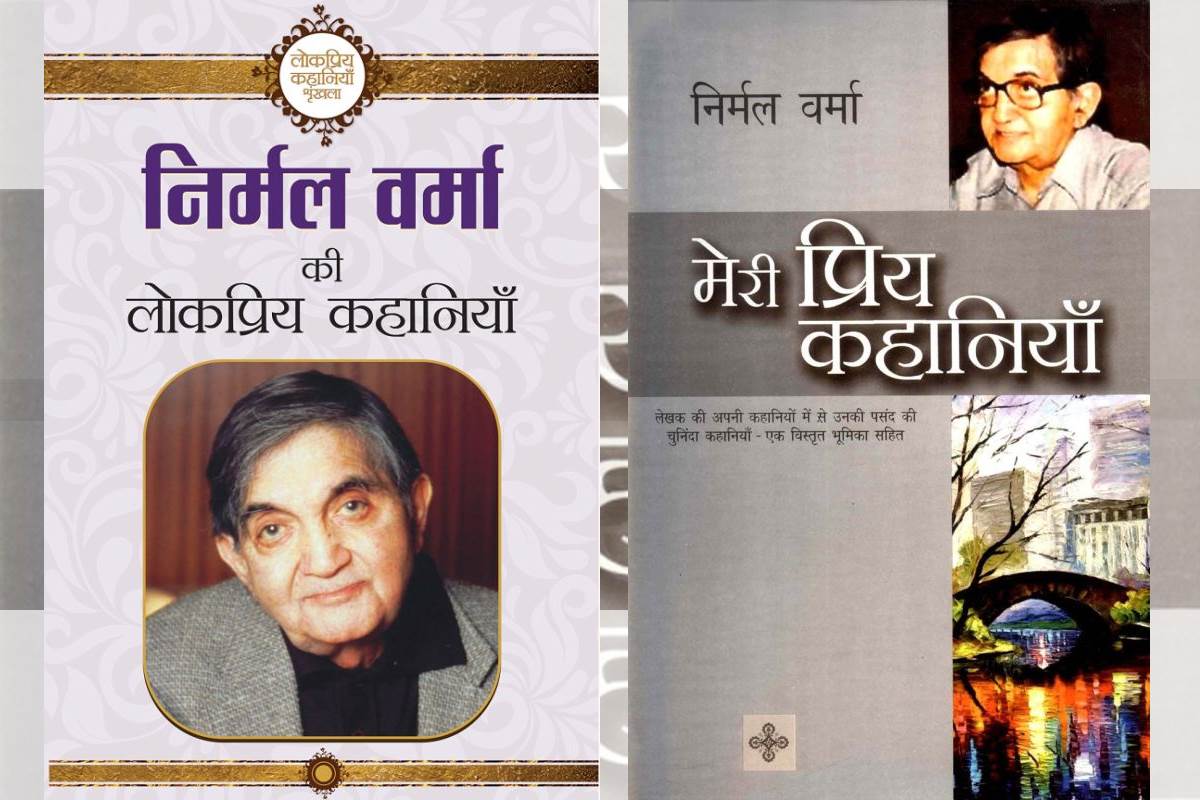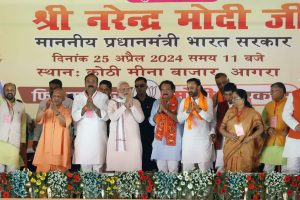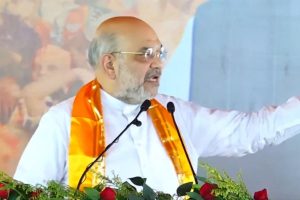During the 2002 Les Belles Etrangeres literary festival in France, prominent Hindi scholar Alok Rai had reportedly posited a stark difference between Munshi Premchand and Nirmal Verma. In ‘The Poetics of Nirmal Verma and his Stylistics’, the scholar Annie Montaut, reflecting on Rai’s views, wrote that while Premchand was ‘naturally rooted in the traditions of India’ and yet wrote in progressive stylistics adopted from European social realism, Verma always felt uprooted and attempted to invent roots his entire life. Verma’s deeply meditative accounts of alienation, migration and the sense of loneliness perhaps emerged from his experiences in India and Europe. When Rai referred to Verma’s rootlessness, it could also be because a decade in Europe can change a person to the extent that returning ‘home’ might still carry a sense of being alienated.
Born in Shimla on April 3, 1929, Verma completed his graduate studies in history at Delhi University and received a scholarship at the Oriental Institute in Prague to translate contemporary Czech writings to Hindi. His mastery over Hindi, English and Czech made him a unique figure among his contemporaries.
Alienation is one of the major themes Verma is deeply associated with. What needs to be kept in mind, however, is that for Verma, alienation is more than its spatial aspect. Although the feeling of displacement is associated with a particular location, there are other aspects of it to explore—cognitive, experiential and within the field of literature, the form as well.
Let’s start with Verma’s first novel Ve Din (1964)—which revolves around a brief encounter between the unnamed Indian protagonist and Raina, an Austrian tourist visiting Prague a few days before Christmas. This is significant because it is his only novel, and the first novel in Hindi, that is completely set in Europe. Repeatedly seen in all of Verma’s works, there is a conscious disinvestment in the past of the characters. Although the first-person voice allows the readers to have access to the Indian protagonist’s thoughts, Verma opts to conceal a realistic depiction of the spatial home in order to highlight the raw emotions that alienation evokes.
Verma’s characters can be referred to as, borrowing a term from Kamleshwar’s Nayi Kahani ki Bhumika,‘psychological refugees’, meaning those who have experiences that emerge from the loss of faith and values that had culminated over centuries. In Ve Din, while speaking with Raina, the protagonist realises his inability to understand the terror of the Holocaust, which reflects the limits of understanding between individuals with fundamentally different subject experiences. As a result, silence plays an integral function in his works. In his travel essay ‘Liditse: Ek Sansmaran’ (‘Liditse: A Reminiscence’), Verma reflects on his position as an outsider, attempting to understand the trauma particular to Czechoslovakia during the Nazi invasion, expressing his concerns with the failure to communicate and the difficulty in understanding the world after such large-scale violence. This historical trauma is deeply tied in Verma’s notion of art.
Verma’s understanding of art and aesthetics takes into account the role of tradition, which is reminiscent of T.S. Eliot’s essay ‘Tradition and the Individual Talent’. In his essay ‘The Concept of Truth in Art’, Verma argues that the fundamental issue with art in modernity is the lack of connection between the artist and the readers due to the conversion of communities into mass societies—a product of modernity itself. Art, previously considered a means of connecting with the unfathomable, occupied the realm of homelessness. For Verma, 20th century art is an expression of the alienation of artists.
For Verma, an artwork could shed light on the moments when the very act of self-awareness becomes a critique of the dominant notions of morality specific to a zeitgeist. This becomes evident his novel Raat ka Reporter (1989), which is set during the Emergency (1975–77) and addresses the theme of totalitarianism. Rishi, a journalist, moves into a monologue amidst a desperate attempt to tell his boss that he could be arrested at any moment. This leads to a life of ceaseless anxiety. In this state of paranoia, Rishi does not know who to trust and therefore struggles to find peace. But here, Verma makes another interesting addition. Rather than merely describing surveillance, he questions the relationship between crisis and revelation.
Verma suggests that questions of truth and happiness might only emerge during moments of crisis. This crisis leads to re-examining intimate personal relationships—extending beyond the explicitly political issue in the public sphere. Verma’s larger agenda can be seen when later in the novel, he seamlessly moves from engaging with the state to confronting Rishi’s shortcomings as a son. And perhaps it is his ability to magnify such intimate interpersonal moments, reflecting a critique of modernity, that makes him such an important yet understudied post-Independence literary and political thinker.
(The article part of Saha Sutra, and is based on ‘Nirmal Verma: Hindi Literature’s Global Icon’ on www.sahapedia.org, an open online resource on the arts, cultures and heritage of India)











